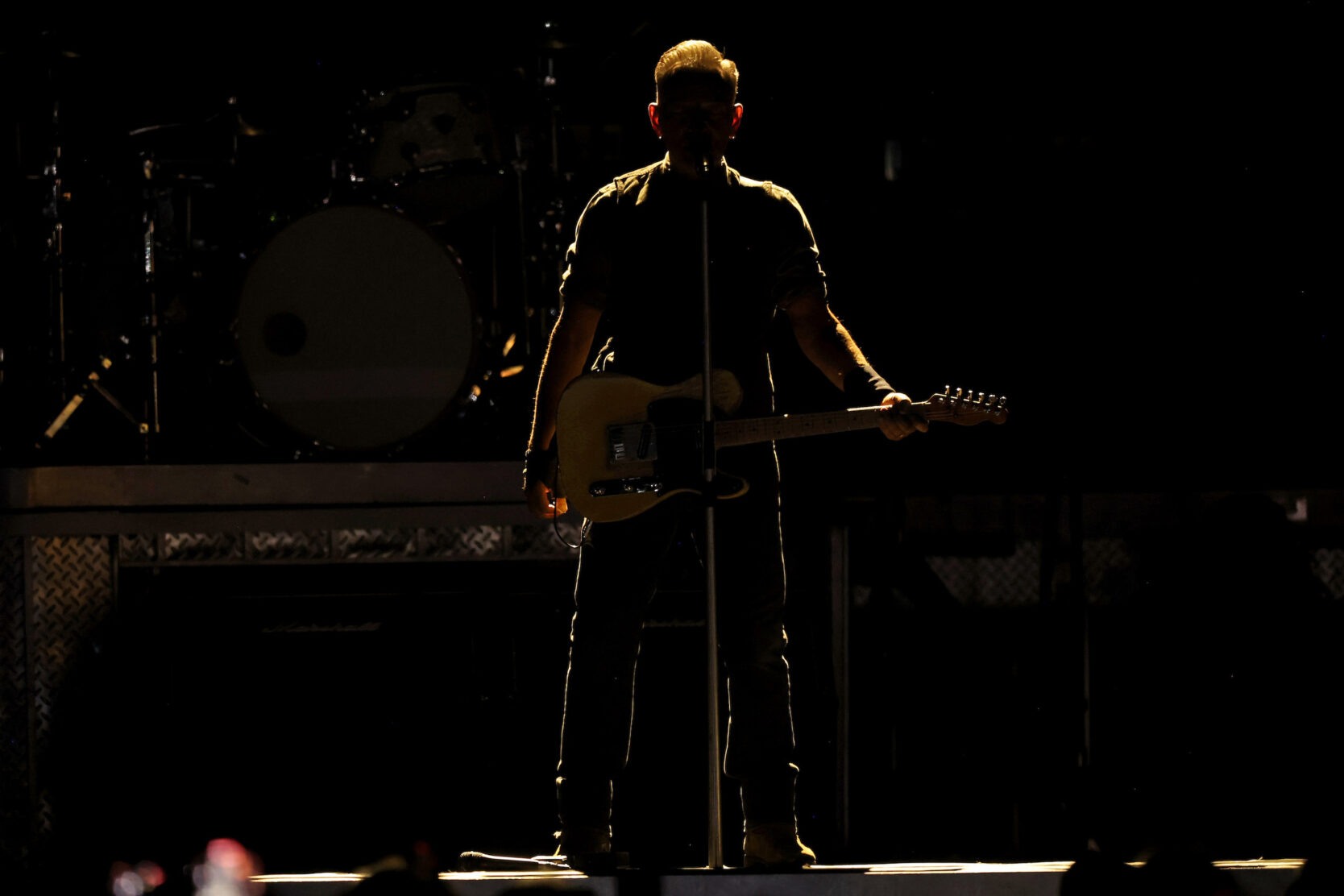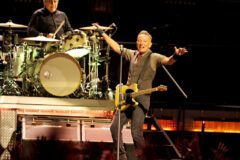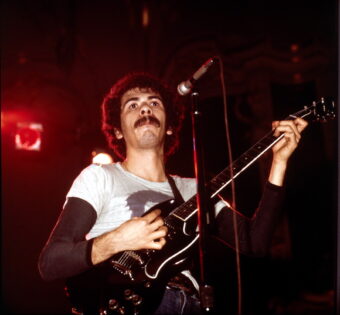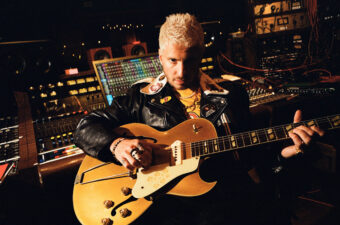“So you’re scared and you’re thinking that maybe we ain’t that young anymore…”
Bruce Springsteen first sang those words when he was 24. At the Forum on April 7, he sang them at 74 to a crowd vastly populated with others of us who ain’t that young anymore either. We looked at each other, laughed a little as we sang along with him. But it wasn’t a joke. Nor was it a lament. It was an embrace. A celebration. Communion.
There are, of course, a number of other artists who in their youth looked at aging, the observations transformed as the artists have performed them after aging themselves. Neil Young’s “Old Man” comes to mind. Jackson Browne’s “These Days.”
This is different. With Young and Browne, there’s a sense of entropy in those songs. Not with Bruce. The urgency, the desires, the dreams, the wanting to be someone, to go somewhere, to do something—and yes, the sexual urges, too, explicitly—are as strong and real and present for him now as they were for him/that couple in “Thunder Road” 50 years ago.
Back then, though, they were nebulous, a giant gas cloud of feelings and emotions and frustrations. Now they are a formed galaxy, stars coalesced around the experiences we’ve all had, the triumphs and failures, the losses. Crucially the losses. As he’s done for a while now, in “My City of Ruins” he asked us to remember those who we’ve lost, insisting that as long as they are in our hearts and as long as our hearts beat, they are not gone. Later, in “Tenth Avenue Freeze Out,” he continued his tradition of honoring the memory of E Street originals “the Big Man” Clarence Clemons (who died in 2011) and Danny Federici (2008), gazing up at clips of them on the screen as he strolled on a ramp on the middle of the floor, surrounded by adoring fans but basking in those memories.
And he, clearly moved, referenced Freehold, New Jersey friend George Theiss, who when they were 15 invited him to join his first rock band, the Castiles. Introducing the solo acoustic “Last Man Standing,” which he wrote after Theiss’ death in 2018, leaving him the only surviving member of the group, he talked of having claimed his box of 45 singles and his books and an old guitar as totems of that time and their deep connection. He referenced that again in the solo closing song, “I’ll See You In My Dreams.” The tears in his eyes were genuine. As were ours.
But if the physical nature of this galaxy has changed, the physics of it, the forces that drive it—the urgency, the urges—are constants, no less than gravity and light. And these rituals of age are driven as much by those as the rituals of the ages that he continues, the singalongs and shout-alongs, the audience taking over the vocals of lines through the show, the thousands of fists pumping “whoa whoa whoa whoa” in “Badlands,” the “hey hey hey hey hey hey hey hey” of lusty “Rosalita.” Simply the presence of Steve Van Zandt, Garry Tallent, Max Weinberg and Roy Bittan—E Streeters for nearly all of the ensemble’s 50-plus years—is a bedrock tradition, and source of horseplay and looseness that can only come from such lifelong love among friends.
And, yes, with age the urgency is also more concrete, more focused, more, well, urgent. Time and space, you know. It’s cosmic. The spirit in the night.
In the Church of Broooooooce, though, the imperative is not to repent before you die. It’s to LIVE before you die. “It ain’t no sin to be glad you’re alive.” Not truly living—that’s the sin.





